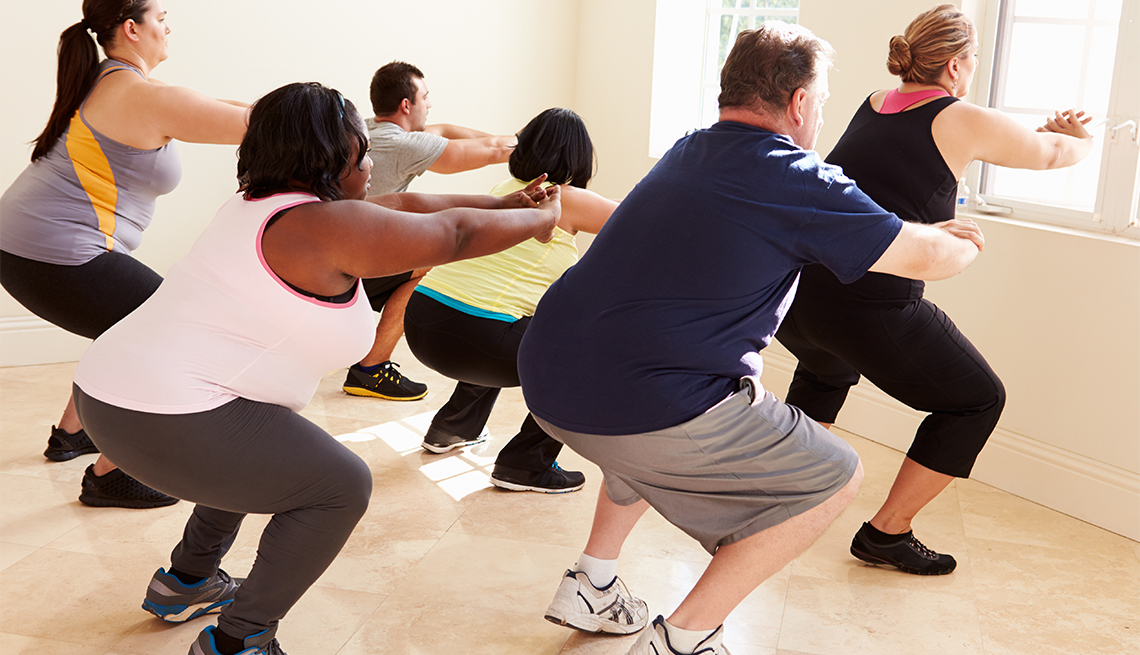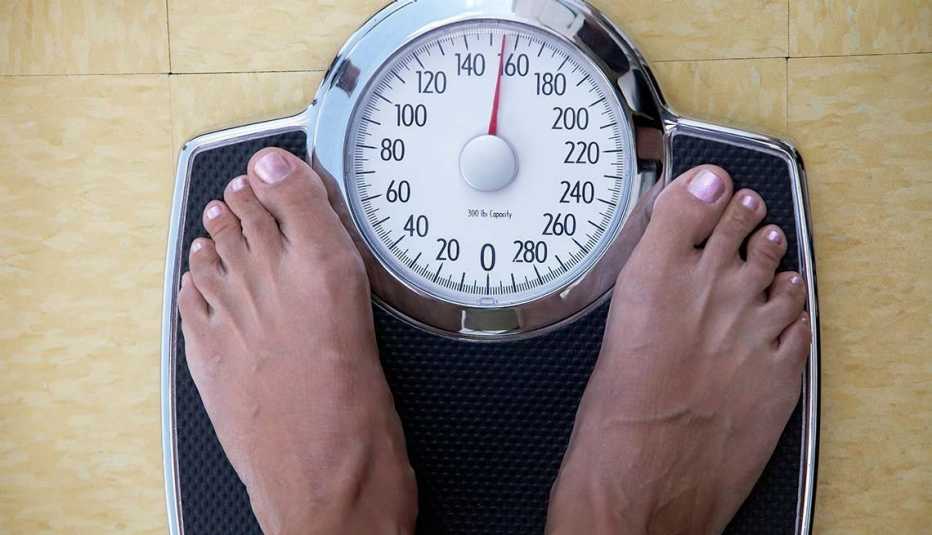Staying Fit
Many who are overweight say they feel stuck, that their weight keeps rising even though their lifestyle hasn't changed. Beginning in early adulthood, the average person puts on one to two pounds a year through middle age, a Washington Post analysis of Centers for Disease Control and Prevention data found.
In fact, 7 out of 10 adults over age 50 are overweight or obese, according to the MARS 2019 Doublebase Study on consumer health, which combined data from nearly 40,000 people.


AARP Membership— $12 for your first year when you sign up for Automatic Renewal
Get instant access to members-only products and hundreds of discounts, a free second membership, and a subscription to AARP the Magazine.
Thanks to those studies and more, added weight has come to be seen as a symptom of aging. So, is it OK to keep the extra pounds if vitals and lab results come back within a healthy range? We spoke with four health care professionals to hear their perspectives.
Is it OK to remain overweight at age 50 or older if vital signs and blood tests indicate healthy results?
Melissa Rifkin, a bariatric dietitian at Montefiore Health System in the Bronx, New York, says “it's never” OK to be overweight “as the complications with weight gain increase, including metabolic conditions like high blood pressure and diabetes, heart disease, some cancers, gout, gallbladder disease and gallstones, sleep apnea and osteoarthritis.”
Or as physician Jenine Vecchio, medical director of the Diabetes Center at Deborah Heart and Lung Center in Browns Mills, New Jersey, puts it: “As you age, your risk for developing health problems increases, and the extra weight can compound these conditions.”
But how heavy is too heavy?
"Overweight is defined as a [body mass index] greater than 25 to 29.9, and obesity is a BMI greater than 30,” Rifkin says.
"Once your BMI reaches the obesity level, you are dramatically increasing your chances of developing another health problem,” Vecchio says.



































































